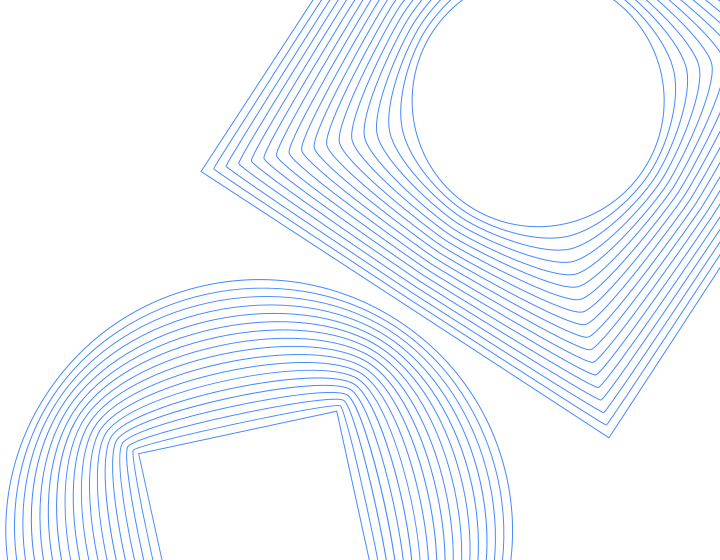-
Spring 2024, Physics 680-01, Class Number 55200
Physics building room P125
Tuesday and Thursday from 1:15pm till 2:35pm
Physics building room P125 in person
Office Hours: Tuesday and Thursday from 9:30 am till 10am.
Home work
Mid-term exam on March 9, April 13
Final Exam on May 9.
Course description
The course will start with:
Information theory centered on channel capacity. Models of noisy quantum channels will be explained. Cryptography will follow. Information loss in black holes will be discussed as well as different approaches to quantization of gravity.
Quantum mechanics of open systems will be reminded: including interaction with the environment, measurements theory, trace preserving completely positive maps. Master equation and Lindblad operators are important for description of open quantum systems. The course will proceed to entanglement theory. Application of entanglement of dynamical systems [including high energy]: scaling of von Neumann and Renyi entropy with the size of a block. Dynamics of entanglement entropy including quenches and Cardy-Calabrese formula. Holographic approach to entanglement and structure of entanglement in quantum field theory and string theory.
Algorithm theory: Quantum algorithms needs reformulation to reduce noise and accelerate running time on NISQ computers. Grover's algorithm and its reformulation to hardware efficient quantum search will be explained, including dynamical decoupling. Topological quantum computation will be explained. Variational quantum algorithms VQA ans QAOA will be included. Also an input of Bethe Ansatz wave-function in a quantum computer. Error resistant version of quantum search also will be mentioned.
Quantum cellular automata will be explained.
Application of ideas of quantum information to nuclear physics and elementary particles also will be explained: the entropy of jets, deep inelastic scattering, Lipatov's spin chain, Schwinger model, Thirring model and sine-Gordon, Zamolodchikov C-theorem, XXZ spin chain, AKLT spin systems, Lieb-Linger model of anyons, Kitaev model, Kondo model, Hubbard model and SYK model. Simulation of models of mathematical physics in
optical lattices also will be explained.
Computational physics also will be mentioned: matrix product states and relation to algebraic Bethe ansatz.
Highly entangled spin chains [Motzkin and Fredkin] will be mentioned. The entanglement entropy becomes extensive in these models [proportional to the volume] after q-deformation.
Quantum machine learning will be explained, including classical machine learning. Integrable spin chains and cellular automata [such as Rule 54] will be included. Also quantum technique in stochastic mechanics will be touched upon.
Quantum materials will be explained in the course of professor Qiang Li Quantum Information Physical Systems and Materials , PHY 631
- Current course is based on the course of professor Tzu-Chieh Wei PHY 568 Quantum Information Science
Requirements:
Knowledge of linear algebra and quantum mechanics on the undergraduate level.
- Only enrolled students can attend.
Learning outcomes
- Application of information theory to physics. Entanglement in high energy physics
- Understanding of information theory and its relation to statistical mechanics and probability theory
- Quantum mechanics of open systems and interaction with environment
- Quantum machine learning.
90% of final grade is based in exam and 10% on homework
For your information.
If you have a physical, psychological, medical, or learning disability that may impact your course work, please contact the Student Accessibility Support Center, Stony Brook Union Suite 107, (631) 632-6748, or at sasc@stonybrook.edu. They will determine with you what accommodations are necessary and appropriate. All information and documentation are confidential.
Students requiring emergency evacuation are encouraged to discuss their
needs with their professors and Disability Support Services. For
procedures and information, go to the following web site
http://studentaffairs.stonybrook.edu/dss/
Disability Support Services, Academic Integrity and Critical Incident Management, see
http://www.stonybrook.edu/provost/facultyinfo/index.shtml
|
- Textbooks
-
- Further reading
-
(Updated: December 2020)
|
